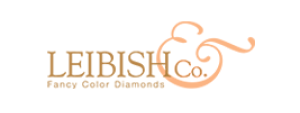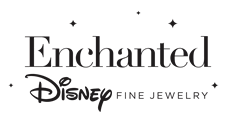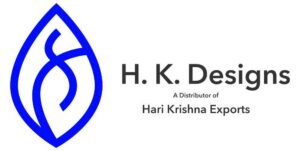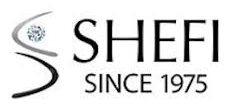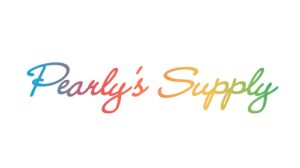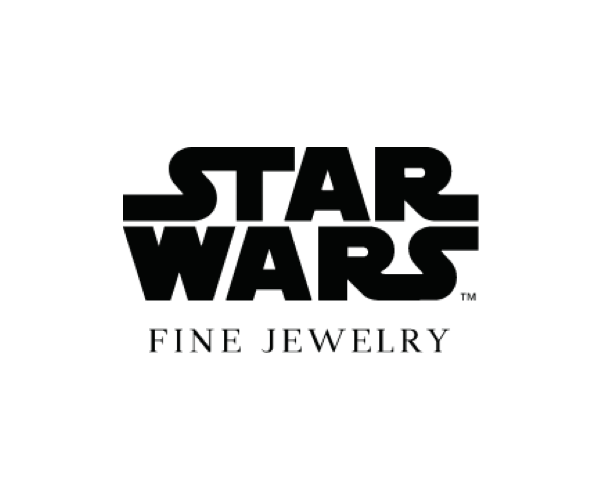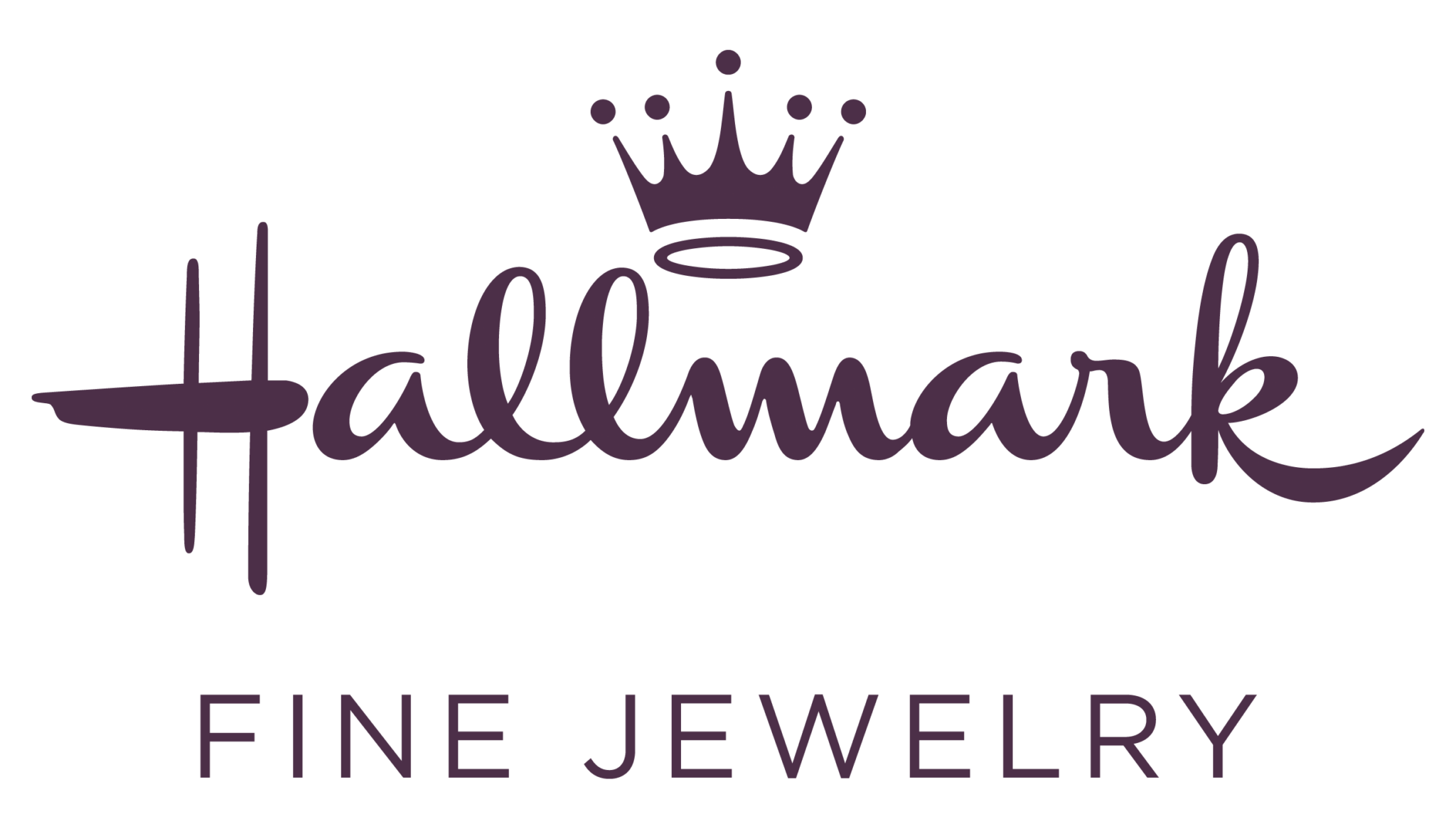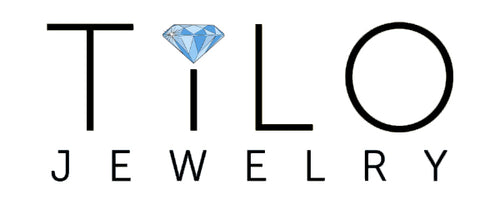Jewelry eCommerce News – June 2022
We know Summer can be tempting with all its recreation activities available. But let’s not forget to keep up with important jewelry eCommerce news. Here’s a quick summary for you.
Jewelry eCommerce News – June 2022
eBay and Etsy sellers with items bought or sold in Germany are now required to register with the authorities and comply with the German Packaging Act. These new requirements will begin as of July 1st, 2022 in an attempt to promote sustainability and recycling. Germany has made it mandatory for all packaging to be licensed, including cardboard, plastic, and glass, for all product and shipment packages. Since jewelry items are not large in volume, jewelry sellers should not be heavily affected by these changes. eBay is also offering a 5% discount on the license fee with code EBAY22.
Google is threatening to become a bigger, more direct player in the eCommerce industry. Senior Vice President Raghavan introduced a new feature that allows buyers to use uploaded photos when searching for nearby retail products or to directly head over to the checkout page of a store providing that uploaded photo item. As the largest marketplace for online businesses to list and advertise their products, Amazon is now facing direct competition from Google. However, the search engine is primarily known for its background technology. Its Google Shopping feature has been around for years with very little success. So the adoption of this new feature might take a while. In the meantime, Amazon is not going anywhere and might put up fierce competition. While this option could enhance marketing efforts drastically for jewelry sellers, it may be a while before we can call it a success.
Even though the diamond industry doesn’t lead the digital revolution worldwide, it also can’t avoid it. Now, even the Geological Institute of America will deliver reports, including its most recent one – The Diamond Dossier – through its new, fully revamped app starting January 2023. The app features a new inscription matching service and its own proprietary artificial intelligence technology. This digital move will save around 20 tons of paper and 18.5 tons of plastic per year. It will also reduce CO2 emissions. This is great news for jewelry sellers, as they may be able to more easily implement gem identification and grading services into their online product listings. It would also ease B2B negotiations and transactions.
Amazon sellers shipping products to Canada and Mexico will be automatically enrolled in the new Remote Fulfillment FBA program. Starting June 30th, all product tiers will see significant fulfillment fee increases. Given that jewelry items are usually small packages, jewelry sellers should not be heavily affected by these changes. However, attention should be paid to the changes in the dimensional weight standards that influence fee calculations. FBA sellers who do not wish to take part in the program have the choice to opt out.
Etsy is making it easier for sellers to join their Star Seller Program. Based on previous feedback, they have lowered the ratings criteria from 5-star reviews to a 4.8 rating, which covers around 85% of the shops. This change will take effect on July 1st. Also in July, they’ll be reducing the minimum order quantity from 10 to 5 items required to qualify for the program. In June, they will improve their messaging experience and change the criteria for responding to buyer. This should now be done within 24 hours in fewer threads, making the system more streamlined. The total sales amount of $300 and being on the platform for 90 days has remained the same.
The new changes make it easier for small jewelry stores and fashion jewelry sellers to add the Star Seller badge on their Etsy store. The program is also promising more updates and changes within the following months.
A recent PYMNTS study showed that “buy now, pay later” / installment payments, both online and in-store, are becoming a popular payment method. This is particularly noticeable among Millennials using eCommerce. 10.2% of Millennials have used the BNPL on a monthly basis and 7% of Gen Z users have jumped on the trend as well, an increase of 5% from last quarter. 25.5% of millennials and bridge millennials use BNPL to buy jewelry products, while the numbers are even higher for categories like clothing, health products, or beauty products. Even though the increase has been slower for other demographics, BNPL has been growing in popularity across the board.
Auction items listed after June 9th on eBay Australia can be added to the Promoted Listings Express for only 99 cents.. The fee is a one-time, upfront charge to list the auction items in ad slots on similar listings. It is not, however, a cost per sale, as it will be paid regardless if the item gets sold or not.
This is a great deal for small business owners and sellers of fashion jewelry items, since regular ad rates range between AUS $2.99 and AUS $4.99 per item. It is also an opportunity for new sellers to promote their stores or for old sellers to promote their new collections. The campaign will last until July 8th
While offline inflation has driven prices up exponentially, online inflation has remained fairly low at an average of 2% year over year. May was, in fact, the second time in two years when online prices reached the lowest levels. Online jewelry products have seen a 3.24% decrease in inflation year to year, and a 0.54% month to month decrease in price changes. That is a considerable difference when compared to the pre-pandemic data between 2015 and 2019, when the average yearly price decrease was at 5.57%. According to Adobe’s Vice President of Growth Marketing, this reduction in online inflation is congruent with a slower consumer spending on discretionary items. At the same time, since inflation is lower in the digital economy, eCommerce is still winning over offline retail at the present moment.
Twitter product drops for collection updates
Twitter has introduced a new feature for users to stay on top of upcoming product launches. They now have a Remind Me button that can send an in-app notification when a product from a new collection drops. The notification then sends the buyer over to the online store to purchase the item. Since new jewelry collections are out frequently, this is a great social media marketing opportunity for jewelry sellers. For now, the company is testing the feature only with selected partners in the US. However, more brands and locations will be joining the program soon.
Amazon has updated their Brand Protection Report in their fight against counterfeit products. They are implementing new machine learning models, in-person conversations with new sellers, third-party expert evaluators of patents and APEX processes, which are not affiliated with Amazon, and cross-industry partnerships across the globe. This is a sigh of relief for jewelry sellers registered under Amazon’s Brand Registry, which now includes over 700,000 active brands – an increase of 40% from 2020. 2021 saw a 25% decrease in infringement notices. Since branding is so important in the jewelry industry, Amazon jewelry sellers now have more reasons to celebrate
The EU has been heavily enforcing consumer protection measures in the past few months. Its most recent law requires eCommerce marketplace sellers that are shipping to the EU to identify as traders. The difference between a trader and a seller is that the former is required to allow consumers the “right of withdrawal.” This basically means offering buyers a 14-day return policy. Any return costs, fees, and exchanges are up to the seller.
Jewelry items are included under this new law, called the EU Omnibus Directive. Etsy will automatically add the trader status to all stores. Sellers can switch off the status if they do not believe these regulations apply to them or no longer wish to ship to buyers in the EU.
Pinterest has announced an agreement to buy THE YES, an AI-driven shopping platform for fashion items. This tool allows buyers to shop a personalized feed based on their inputs on brand, style, and size. The app’s comprehensive algorithm may also be applied to other Pinterest categories, including home, beauty, and even food. While nothing has yet been implemented on the platform, this is definitely a done deal.
Since jewelry is one of the largest product categories within the fashion spectrum, we expect this change to apply to jewelry items on Pinterest as well. This would drastically enhance social media marketing capabilities for jewelry sellers.
Jewelry eCommerce News – June 2022 📰
eBay and Etsy introduce new packaging regulations in Europe
eBay and Etsy sellers with items bought or sold in Germany are now required to register with the authorities and comply with the German Packaging Act. These new requirements will begin as of July 1st, 2022 in an attempt to promote sustainability and recycling. Germany has made it mandatory for all packaging to be licensed, including cardboard, plastic, and glass, for all product and shipment packages. Since jewelry items are not large in volume, jewelry sellers should not be heavily affected by these changes. eBay is also offering a 5% discount on the license fee with code EBAY22.
Google Shopping – Amazon’s big concern?
Google is threatening to become a bigger, more direct player in the eCommerce industry. Senior Vice President Raghavan introduced a new feature that allows buyers to use uploaded photos when searching for nearby retail products or to directly head over to the checkout page of a store providing that uploaded photo item.
As the largest marketplace for online businesses to list and advertise their products, Amazon is now facing direct competition from Google. However, the search engine is primarily known for its background technology. Its Google Shopping feature has been around for years with very little success.
So the adoption of this new feature might take a while. In the meantime, Amazon is not going anywhere and might put up fierce competition. While this option could enhance marketing efforts drastically for jewelry sellers, it may be a while before we can call it a success.
GIA does away with paper reports
Even though the diamond industry doesn’t lead the digital revolution worldwide, it also can’t avoid it. Now, even the Geological Institute of America will deliver reports, including its most recent one – The Diamond Dossier – through its new, fully revamped app starting January 2023. The app features a new inscription matching service and its own proprietary artificial intelligence technology.
This digital move will save around 20 tons of paper and 18.5 tons of plastic per year. It will also reduce CO2 emissions. This is great news for jewelry sellers, as they may be able to more easily implement gem identification and grading services into their online product listings. It would also ease B2B negotiations and transactions.
Amazon FBA fees increase for US neighbors
Amazon sellers shipping products to Canada and Mexico will be automatically enrolled in the new Remote Fulfillment FBA program. Starting June 30th, all product tiers will see significant fulfillment fee increases. Given that jewelry items are usually small packages,
jewelry sellers should not be heavily affected by these changes. However, attention should be paid to the changes in the dimensional weight standards that influence fee calculations. FBA sellers who do not wish to take part in the program have the choice to opt out.
Etsy lowers requirements to join Star Seller Program
Etsy is making it easier for sellers to join their Star Seller Program. Based on previous feedback, they have lowered the ratings criteria from 5-star reviews to a 4.8 rating, which covers around 85% of the shops. This change will take effect on July 1st. Also in July, they’ll be reducing the minimum order quantity from 10 to 5 items required to qualify for the program.
In June, they will improve their messaging experience and change the criteria for responding to buyer. This should now be done within 24 hours in fewer threads, making the system more streamlined. The total sales amount of $300 and being on the platform for 90 days has remained the same.
The new changes make it easier for small jewelry stores and fashion jewelry sellers to add the Star Seller badge on their Etsy store. The program is also promising more updates and changes within the following months.
BNPL eCommerce popular with Millennials
A recent PYMNTS study showed that “buy now, pay later” / installment payments, both online and in-store, are becoming a popular payment method. This is particularly noticeable among Millennials using eCommerce. 10.2% of Millennials have used the BNPL on a monthly basis and 7% of Gen Z users have jumped on the trend as well, an increase of 5% from last quarter.
25.5% of millennials and bridge millennials use BNPL to buy jewelry products, while the numbers are even higher for categories like clothing, health products, or beauty products. Even though the increase has been slower for other demographics, BNPL has been growing in popularity across the board.
eBay Australia introduces a new promotion
Auction items listed after June 9th on eBay Australia can be added to the Promoted Listings Express for only 99 cents.. The fee is a one-time, upfront charge to list the auction items in ad slots on similar listings. It is not, however, a cost per sale, as it will be paid regardless if the item gets sold or not.
This is a great deal for small business owners and sellers of fashion jewelry items, since regular ad rates range between AUS $2.99 and AUS $4.99 per item. It is also an opportunity for new sellers to promote their stores or for old sellers to promote their new collections. The campaign will last until July 8th
Adobe report on online inflation
While offline inflation has driven prices up exponentially, online inflation has remained fairly low at an average of 2% year over year. May was, in fact, the second time in two years when online prices reached the lowest levels. Online jewelry products have seen a 3.24% decrease in inflation year to year, and a 0.54% month to month decrease in price changes.
That is a considerable difference when compared to the pre-pandemic data between 2015 and 2019, when the average yearly price decrease was at 5.57%. According to Adobe’s Vice President of Growth Marketing, this reduction in online inflation is congruent with a slower consumer spending on discretionary items. At the same time, since inflation is lower in the digital economy, eCommerce is still winning over offline retail at the present moment.
Twitter product drops for collection updates
Twitter has introduced a new feature for users to stay on top of upcoming product launches. They now have a Remind Me button that can send an in-app notification when a product from a new collection drops. The notification then sends the buyer over to the online store to purchase the item.
Since new jewelry collections are out frequently, this is a great social media marketing opportunity for jewelry sellers. For now, the company is testing the feature only with selected partners in the US. However, more brands and locations will be joining the program soon.
Amazon seller verification changes to bring more order to the Brand Registry
Amazon has updated their Brand Protection Report in their fight against counterfeit products. They are implementing new machine learning models, in-person conversations with new sellers, third-party expert evaluators of patents and APEX processes, which are not affiliated with Amazon, and cross-industry partnerships across the globe. This is a sigh of relief for jewelry sellers registered under Amazon’s Brand Registry,
which now includes over 700,000 active brands – an increase of 40% from 2020. 2021 saw a 25% decrease in infringement notices. Since branding is so important in the jewelry industry, Amazon jewelry sellers now have more reasons to celebrate
New regulations for sellers to the EU imply automatic 14-day returns
The EU has been heavily enforcing consumer protection measures in the past few months. Its most recent law requires eCommerce marketplace sellers that are shipping to the EU to identify as traders. The difference between a trader and a seller is that the former is required to allow consumers the “right of withdrawal.” This basically means offering buyers a 14-day return policy. Any return costs, fees, and exchanges are up to the seller.
Jewelry items are included under this new law, called the EU Omnibus Directive. Etsy will automatically add the trader status to all stores. Sellers can switch off the status if they do not believe these regulations apply to them or no longer wish to ship to buyers in the EU.
Pinterest buys AI tool “The YES”
Pinterest has announced an agreement to buy THE YES, an AI-driven shopping platform for fashion items. This tool allows buyers to shop a personalized feed based on their inputs on brand, style, and size. The app’s comprehensive algorithm may also be applied to other Pinterest categories, including home, beauty, and even food. While nothing has yet been implemented on the platform, this is definitely a done deal.
Since jewelry is one of the largest product categories within the fashion spectrum, we expect this change to apply to jewelry items on Pinterest as well. This would drastically enhance social media marketing capabilities for jewelry sellers.
News from Valigara 👀
Our in-app drop-shipping model keeps on growing and connecting more jewelers together. The joint technological platform allows jewelers to easily find distributors/vendors, providing even more opportunities when using Valigara for growing their businesses online.
Igor’s Tip of the Month:

Implement 3-6 months cycles in your company’s product data structure analysis. Return to your existing data distribution, SEO, PPC, BI, and other business needs, to identify more opportunities for your Product Information Management.




